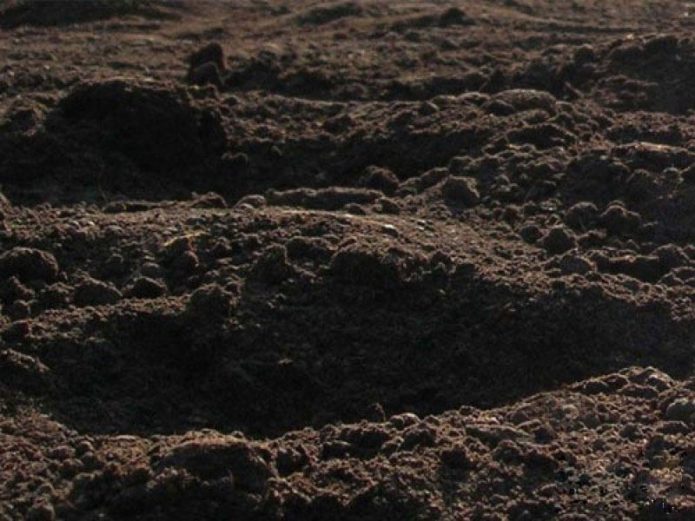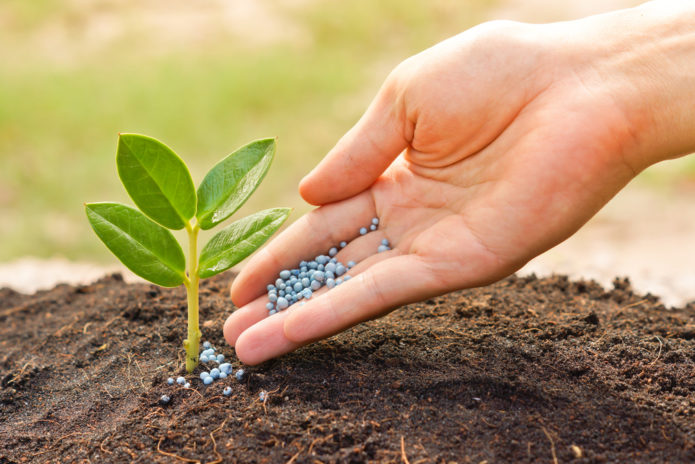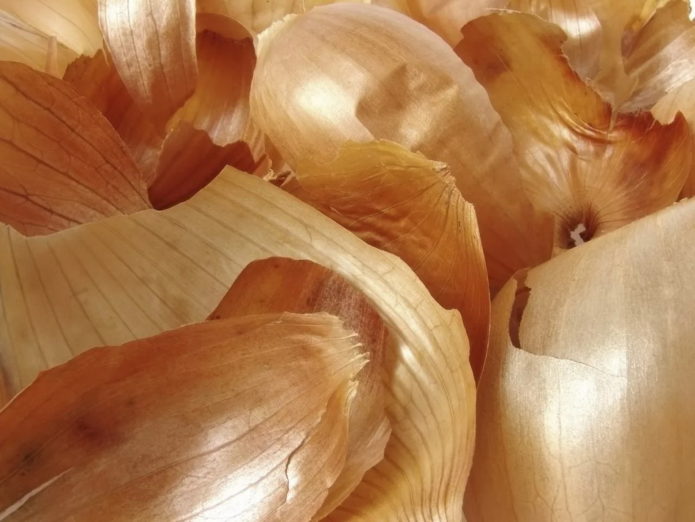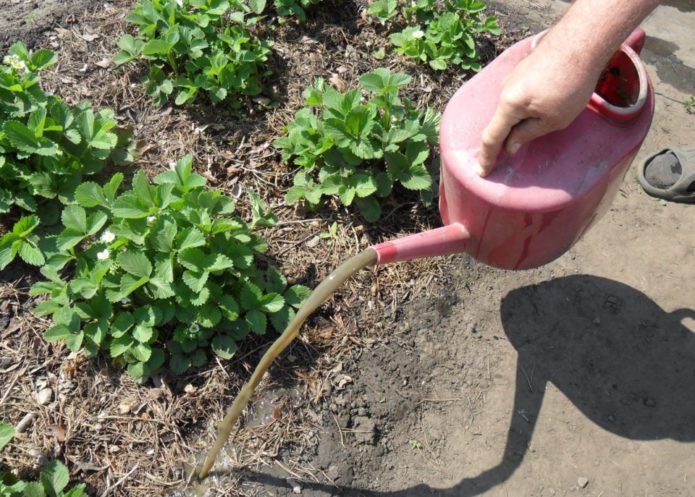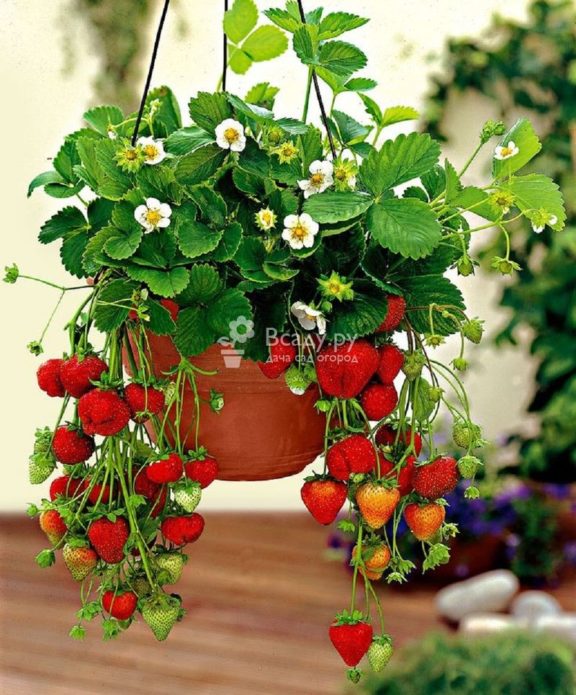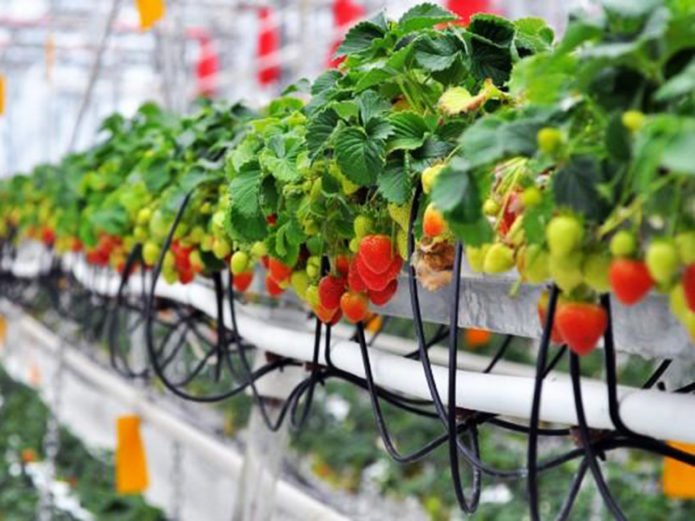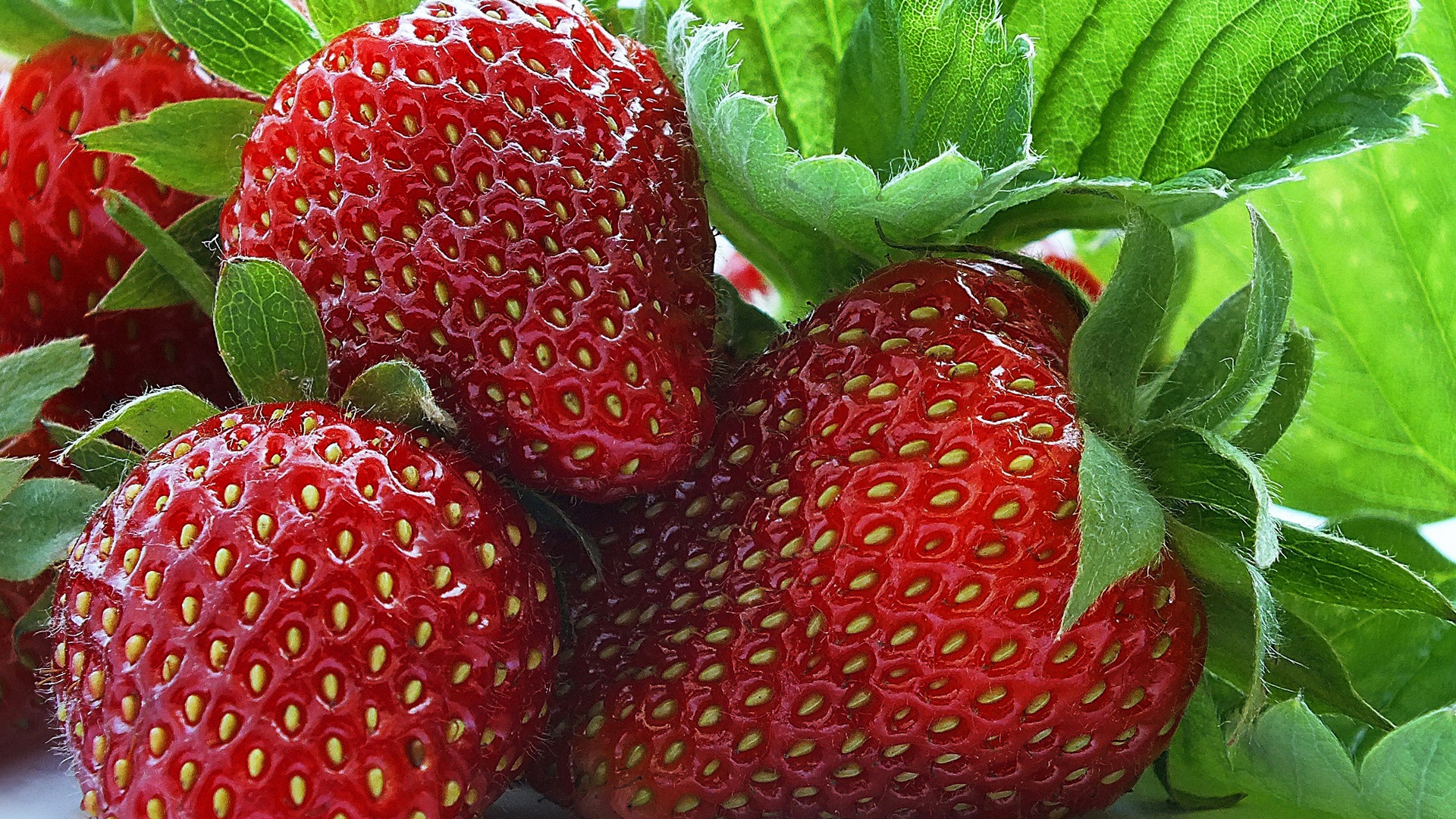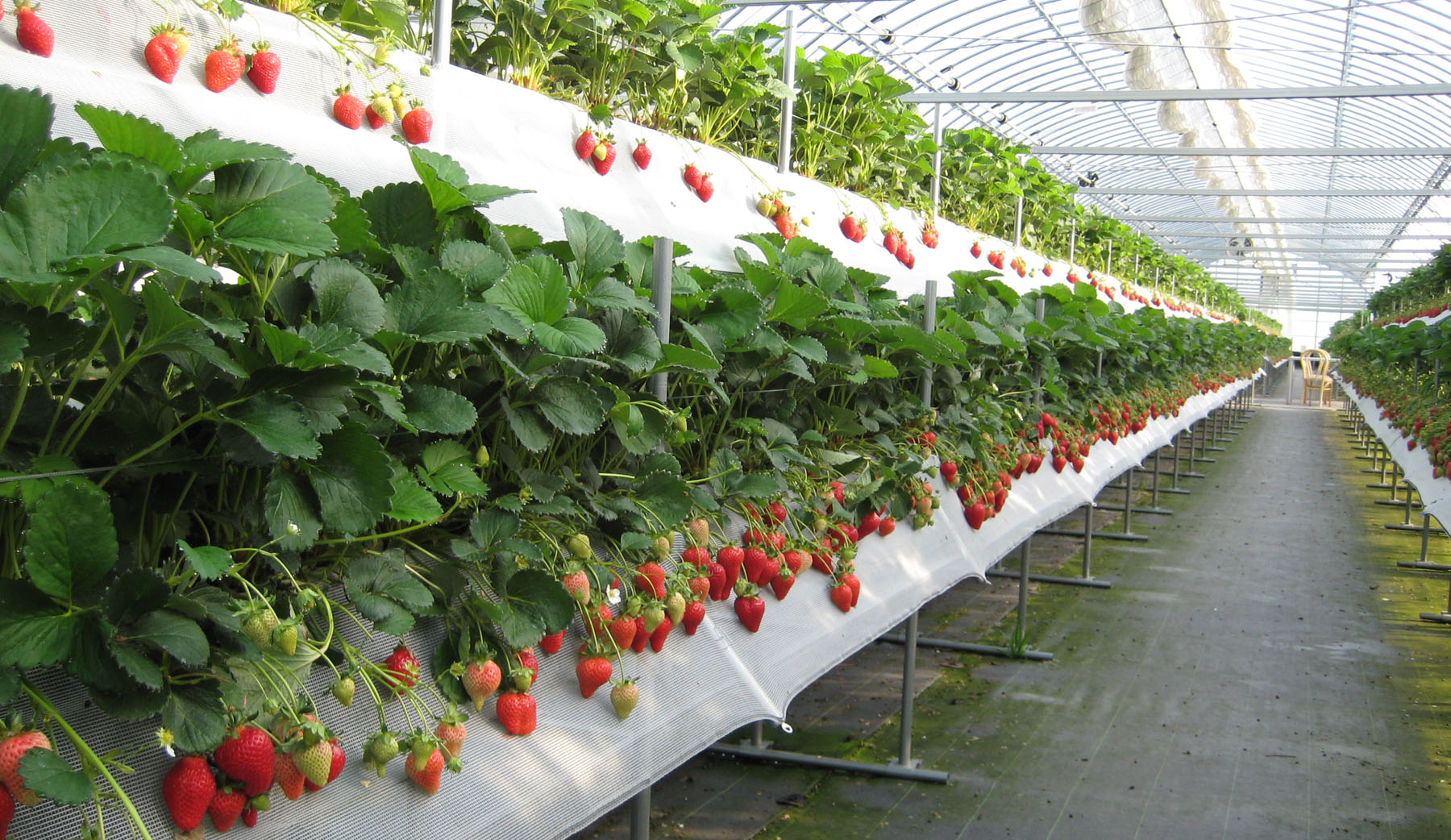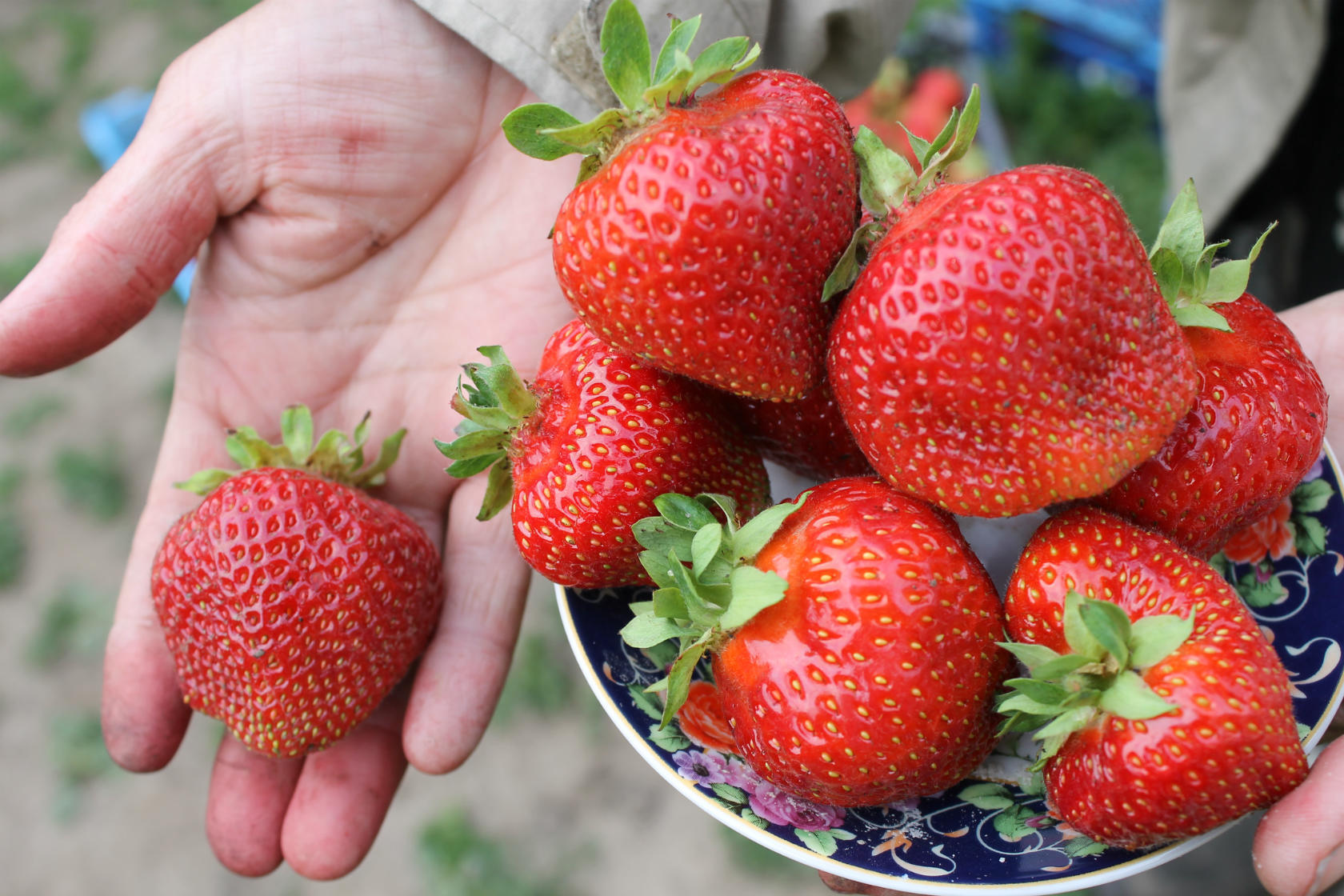Strawberries are the queen of every vegetable garden. For this berry, I have the most spacious beds, free time and an open wallet. The main reason is children! We will not have time to arrive at the dacha, they are already near the strawberries. The first berries disappear in pink color, so the guys can't wait to eat their favorite "Victoria". And in winter, jam and freezing from it "leave" in the first place. Therefore, we have love with strawberries! And loved ones want to better feed and use. How to feed the "queen" so that she generously rewards with the harvest? Strawberries need a rich and balanced menu!
Content
The value of fertilizers for growing strawberries
Strawberries grow in almost any soil... However, she will have large and sweet berries only on soil rich in nutrients, and at the same time without frills.
Advanced strawberry lovers have a plantation life of three years. The rest have at least five. Thus, strawberries, unlike other inhabitants of the garden, live in one place for a long time each year, creating a mass of leaves and berries. Therefore, it is important how well to charge the soil with nutrients when planting, and then, from the second season to the last, fertilize the berry bushes four times during the growing season:
- in spring, before the leaves open;
- in the spring, after setting the berries;
- in the summer, at the end of the harvest;
- in the fall.
However, excess nutrition for strawberries is more harmful than lack of... From overfeeding, especially nitrogen, it begins to "fatten" (to build up greens to the detriment of flowering and fruiting), get sick with fungal diseases, "gray rot" and be seriously attacked by a strawberry mite or nematode.
Flukes: aphids and mites carry out their photosynthesis, so by fertilizing the plant with nitrogen, we also fertilize these pests.
Briefly about the essential nutrients for strawberries:
| element | what is responsible for | signs of deficiency | overabundance sign | fertilization form |
| Nitrogen | Development of green mass and roots | Reddening of old leaves, poor development of young | "Fatty", fungal diseases, oppression of flowering and fruiting | Calcium nitrate Ammonium nitrate Carbomide |
| Potassium | Ovary and fruiting | Red-brown border around the edge of the leaves, small berries | Darkening and slowing of leaf growth | Potassium sulfate Potassium magnesium |
| Phosphorus | Roots, green parts | Purple old leaves, intense green young, poor bush growth | The tops and edges of the leaves are burned out, new leaves grow thin | Ammophos Superphosphate |
| Calcium | Berry formation and development of all parts of the strawberry | Sour and watery berries, leaf tips and young rosettes turn brown and do not straighten | The appearance of light, shapeless spots | Calcium nitrate |
| Magnesium | Chlorophyll formation, which is important for the whole plant | Areas of the leaf between the main veins turn white | Roots die off, calcium is not absorbed | Magnesium sulfate |
| Boron | Restoration of the root system, especially boron is important for seedlings | Irregular fruits, asymmetry of leaves | Small brown spots on old leaves | Boric acid |
Fertilizer when planting
Experts advise to prepare the soil for planting at least a month in advance. The earth must stand, soften the concentration of the fertilizers applied, so that the roots of the seedlings are not burned.
| Chemical fertilizers | Organic fertilizers |
| Option 1 1 tablespoon superphosphate + half a teaspoon of chlorine-free potassium fertilizer (potassium sulfate) per running meter of planting | Option 1 Half a glass of ash per linear meter of planting |
| Option 2 One and a half teaspoons of ready-made fertilizer containing phosphorus and potassium (for example: Gera, Fasco, Rubin (Spring-Summer), Buisk fertilizers) per meter of plantings. Close up in the soil with a flat cutter or a hoe, well spill! | Option 2 Ash + compost (or ripe manure) + dry coal (it will absorb nitrogen and potassium from humus and slowly decompose, it will feed the plant) |
Microfertilizers in chelated form
However, there are modern fertilizers that are able to suit and reconcile all farmers, since they are both environmentally friendly and efficient. These are chelated fertilizers. Scientific research confirms that chelates are ten times more effective and safe than phosphate and sulfate concentrates.
Chelates are compounds of metal ions with amino acids. The organic molecule seems to capture the metal in a "claw", the cell perceives this compound as related, assimilates the metal ion, and the chelate breaks down into simple substances. For example, vitamin B12 and chlorophyll are also chelates. Today on sale you can find chelated fertilizers Kristalen (Norway), Master (Italy), Aquarin (Buisky chemical plant, Russia), Vuksal (Germany). So far, chelated fertilizers have only two drawbacks - the high price and, as a result, a large percentage of fakes.
Folk agronomy
People's love for strawberries has invented many ways to fertilize them with available substances. The berry is fertilized with yeast, iodine, herbal infusions, black bread and onion husks... Efficiency, as in traditional medicine: it can help, maybe not, but it will not cause serious harm to either the plant or the wallet.
| fertilizer | benefit | method of introduction |
| Yeast | Contains protein, carbohydrates, fats, nitrogen, potassium and phosphorus | Dissolve 50 g of pressed or 1 teaspoon of dry yeast in 1 liter of warm water with 1 teaspoon of sugar, after 2 hours dilute with water 1: 5. You can fertilize 3 times: during the buds, green berries and after harvesting in warm weather. |
| Black bread | Similar to yeast, in fact it's all about | 1/3 bucket of crackers in a bucket of water, leave to ferment in a warm place, then strain, add 2 liters per bucket of water |
| Iodine | The antiseptic may suppress the growth of fungi, but there is no reliable research on this topic. Moreover, iodine vapors are poisonous to humans, and the fungus spreads its spores nearby everywhere, including in the soil, so does it make sense to spray the leaves? If we talk about nutrition, it is better to add iodine as part of complex fertilizers. There it is in an accessible form and in the right amount. | Dissolve 15 drops of iodine in a glass of whey or milk in a bucket of water. |
| Onion peel | Contains carotene (antioxidant, stimulates immunity, destroys fungi and rot), phytoncides, vitamins B, PP. Improves the tone and growth of plants. | 1 cup of husk (fill tightly) pour 3 liters of boiling water, leave for two days, drain. Dilute 1: 2 with water before use. You can pour it at the root and spray it. |
Spring feeding
If you did everything correctly in preparing the soil, then in the first year, the plants will not need another root fertilization.
First introduction
Spring feeding for the second and third years is applied when the leaf grows to about 5 cm, and consists of:
| Chemical fertilizers | Organic fertilizers |
| Option 1 Ammonium nitrate 100g per 10 sq. | Option 1 1 glass of ash per bucket of humus: ideally a bucket of fertilizer per running meter, at least 1 bucket of mixture per 3 meters. Scatter over the bushes, then loosen a little |
| Option 2 1 tablespoon of urea in 10 liters of water, 500 ml for each bush | Option 2 Dissolve dry chicken droppings (1:10), leave for three days, water each plant under the root. |
At the beginning of flowering, additional strength will give plants spraying with solutions of trace elements... The simplest is half a teaspoon of boric acid in a bucket of water. Also, complex fertilizers Gera, Ryazanochka, Solution are suitable for spraying. When spraying, it is important to treat the lower part of the leaf as well. from it, nutrients are absorbed especially fully.
Second spring feeding
When the flowering brushes are released and the berries are tied, the strawberries need support again.
| Chemical fertilizers | Organic fertilizers |
| A budget option 2 tablespoons of nitrophosphate + 1 tablespoon of potassium per 10 liters of water. Water at the root of 500 ml under each bush More expensive option German agrochemical VIVA (chelated fertilizer), a growth stimulant containing, in addition to nitrogen and potassium, polysaccharides, amino acids, vitamins and humic acids. In addition to plant nutrition, the drug also improves soil microflora. | "Kvass" from weeds Fill a plastic barrel with herbs (cut grass, weeds, especially nettle and ash), fill it with water and leave in a warm place for a week. I have such kvass ripening in a greenhouse, at the same time saturating the air with carbon dioxide, which increases the yield of cucumbers. The smell is unimportant, but most importantly the Zelentsi are delighted. When watering in spring, dilute 1 liter of "kvass" in a bucket of water. |
By the way, after dressing, the growth of weeds in the garden always increases. We must be ready for this!
Summer feeding
During fruiting, if you want to increase the size and taste of the berries, you can feed the strawberries with organic matter, for example:
- dilute chicken droppings (dry) with water 1:10, leave for a couple of days, water under a bush, avoiding contact with leaves and berries;
- pour compost or rotted manure under the bushes (ideally 3-4 kg per 1-2 sq.m)
Around the first half of July, after picking the berries, strawberries grow new foliage and whiskers grow. Therefore, she needs nitrogen again.
| Chemical fertilizers | Organic fertilizers |
| Urea 2 tablespoons per bucket of water | Herbal "kvass" in a reduced dosage: 1 glass per bucket of water. |
You need to pay particular attention to feeding remontant strawberry varieties.... Since they bear fruit more intensively and spend more energy on it, they must be fed during the ovary of each harvest. Accordingly, they need to be watered more often than ordinary strawberries, ideally, they should be organized with drip irrigation.
Fertilizer in autumn
Fall dressing is very important for strawberries. For rosettes planted at the end of July, top dressing will help to successfully overwinter. For fruiting bushes that have spent all their energy on the harvest, it will be like a good dinner after a hard day before a long winter sleep. They will form more flower buds, and you will get more berries the next year.
The feeding time for each variety is different, the main landmark is the termination of fruiting. A good fertilizer and at the same time mulching will be mowed grass, sederates, spread out in the aisles.Fresh manure can also be spread in late autumn. Until spring, he will crush and with the first warmth will saturate the earth with nitrogen.
| Chemical fertilizers | Organic fertilizers |
| Option 1 Nitrofoska 2 tablespoons per 10 liters of water + 1 tablespoon of potassium salt. Add 1 liter of solution under the bush Option 2 "Autumn Kemira" 50g per square meter of land. You just need to make sure that the granules do not fall into the sockets of the bush, otherwise it will die. | Option 1 Dry wood ash. You can simply sprinkle it on the plants, since the strawberry root system is shallow. Option 2 Slurry 1 liter in 1 bucket of water, stir |
Fertilizer when grown in limited quantities
- Do not use car tires as containers for plants - they are toxic!
- Do not take glossy photos seriously, when ripe berries hang from a small pot or basket. For normal development, the strawberry bush requires about five liters of soil and another one or two centimeters of drainage to the bottom of the container.
- Growing in containers requires frequent watering, feeding and special conditions for wintering. He will not be absent for more than a couple of days and will not be left outside for the winter.
Water and fertilize the plants in containers regularly. When filling the container with earth, you can add two tablespoons of nitroammophoska per five liters of soil at once. For adherents of organic matter, watering strawberries with an infusion of manure or ash is suitable. Bushes are fed in spring, during flowering and after each fruiting.
Hydroponic strawberries
There is an incredible way to grow strawberries - hydroponically. Plants are placed in containers with no earth at all, instead of expanded clay, mineral wool, coconut fiber or special granules. Nutrition takes place with the help of a fertilizer solution, which either drops directly to the roots or fills the roots completely several times a day and then drains... You get a lot of berries in a short time, because the bush no longer needs to waste energy looking for food, it is always at the roots. Be fruitful and multiply without any difficulty!
But still, the method is rather industrial... If you decide to practice it at home, then you will have to live with a humidity of 60-70%, a temperature of 16-18 at night and 23-25 degrees Celsius during the day, illuminate plants with lamps with a capacity of 60 thousand lumens so that the daylight hours are at least 12 hours, and for good harvest 17-18 hours a day. The cost of fertilizer and electricity will not please. Not to mention the fact that you have to be or become a real pro in the field of preparing complex nutrient solutions.
Solutions are made with distilled water (absolutely impossible from the tap!). They include: nitrogen, phosphorus, potassium, zinc, iron and many other elements. Calculation of proportions can only be done by a competent specialist... The proportions will vary depending on the stage of life of the strawberry and the time of year. In addition, you need special equipment that will take up a lot of space, because the distance between the bushes should be from 20 to 40 cm, depending on the size of the bush.
Beginner tips for feeding strawberries:
- Fed - give to drink. After any feeding, it is important to water the plant well. Drip irrigation is most effective: water is not wasted, it just falls under the root, excludes the spread of fungal diseases on the leaves.
- Not sure - do not pour it. Handle chemical fertilizers carefully. Do not bring it "by eye", you then have it.If you do not know the characteristics of the composition of your soil, it is better to start feeding with organic matter.
- It is better to be undernourished than overeat. Overfeeding is fraught with disease and sterility of strawberry bushes.
Brief information on various strawberry fertilizers: table
| Fertilizer name | Composition | Application period | Way |
| Agrovita "Strawberries and strawberries" | Nitrogen - 18%, Phosphorus - 18%, Potassium - 18% | 2 weeks after disembarkation of seedlings, then every 10 days. | 25g for 10L of water Watering at the root, 2 liters per square meter. or spraying 2 liters per 10 square meters. |
| Ammonia | Fertilizer contains nitrogen | In early spring, with the appearance of the first leaves, after flowering and after harvest | 20 ml of 10% ammonia per 10 liters of water to water the plants, falling on the leaves |
| Atlanta | Phosphorus 30%, Potassium 20% | Once a month | 2.5-4 ml per 1 liter of water, spraying |
| Boric acid | Boron compound - Н3ВО3 | In early spring and before flowering | 2g for 10 l of water |
| Buysk fertilizers OMU "For strawberries and strawberries" | Nitrogen 6%, Phosphorus 8%, Potassium 9%, Magnesium 2%, Sulfur 6.2%; trace elements: copper, zinc, iron, manganese; humic compounds | Locally on boarding | 20-30g per hole |
| Viva | Organic matter 12%, potassium 3%, amino acids 12.5%, proteins, peptides, polysaccharides 2%, humic acids 2.9%, vitamin complex (B1, B, PP), folic acid, inositol 0.18% | Twice during the growing season | 25 ml for 10 liters of water, watering at the root |
| Hera | Nitrogen 14%, phosphorus 10%, potassium 15%, salts of humic substances 1% | In spring and autumn | 10g per 10 sq. land |
| Peat potassium humate | Sodium 2%, Phosphorus 11%, Potassium 12%, Humates 18% | The first time in early spring, the second before flowering, the third during ripening, the fourth after picking berries | Spraying: 60 ml per 10 liters of water, consumption 5 liters per 100 sq. M. Watering 10 ml per 10 liters of water, consumption 15 liters per 10 square meters. |
| Gumi omi | Nitrogen 6%, phosphorus 5%, potassium 6%, boron 0.03%, copper 0.05%, sodium humates 0.5%, organic matter 20% | Locally on boarding | 700g for 30 plants |
| Yeast | proteins, carbohydrates, fats, nitrogen, potassium and phosphorus | 3 times: during buds, green berries and after harvest | Dissolve 50 g of pressed or 1 teaspoon of dry yeast in 1 liter of warm water with 1 teaspoon of sugar, after 2 hours dilute with water 1: 5. in warm weather |
| Health | Nitrogen 12%, phosphorus 12%, potassium 29%, magnesium 1.5%, sodium humate 2%, boron 0.03%, manganese 0.04%, zinc 0.02%, copper 0.02%, molybdenum 0, 005% | Before flowering and during fruiting | 15g per 10 liters of water per 1 sq. |
| Ash | Potassium, phosphorus, lime, a complex of trace elements | In the spring and after harvest | A handful of dry ash under a bush |
| Iodine | Iodine | it is better to add iodine as part of complex fertilizers. | Dilute 15 drops of iodine in a glass of whey or milk in a bucket of water |
| Kristalon | Nitrogen, phosphorus, potassium, magnesium, sulfur, boron, copper, iron, manganese, molybdenum, zinc | During the ripening of berries | 20g per 10 l of water for root watering |
| Master | Nitrogen, phosphorus, potassium, iron, manganese, copper, boron, zinc | Before harvest | 15-30g per 10 liters of water, watering |
| Copper sulfate | Copper sulfate | With signs of a disease with scab, powdery mildew, rot | 20-30g per 10l of water |
| Urea | Nitrogen 46% | April, August, September | Root application: 1 tablespoon to 10 liters of water |
| Humus | Nutrient complex | After flowering | 250 g of humus per 10 liters of water, leave for a day, dilute 1: 1 with water, water |
| Polyfid | Nitrogen, potassium, phosphorus, sulfur, manganese, iron, algae extract | During bud period, during ovary, during berry growth, after harvest | 30g per 10 l of water, root dressing |
| Ruby | Nitrogen, phosphorus, potassium | Before flowering and after picking berries | 14g per square meter, sprinkle around the bush |
| Ryazanochka | Nitrogen 15%, phosphorus 6%, potassium 6.7%, boron 1.6%, copper 1.1%, zinc 0.16%, molybdenum 0.045%, cobalt 0.045%, manganese 2.5% | The beginning of the growing season, flowering, the beginning of fruiting | Root application, 1 teaspoon per 10 liters of water, consumption 10 liters per 3 square meters. |
| Radiance | Mixed culture of dozens of beneficial microorganisms (EM) sown on wheat bran | Every two weeks | Dissolve 1 teaspoon of sugar and 1 teaspoon of the preparation in 300 ml of warm water, leave for 12 hours, use for watering |
| Sudarushka | Nitrogen 13%, phosphorus 5%, potassium 6%, zinc 0.15%, manganese 2%, cobalt 0.04%, copper 0.1%, molybdenum 0.04%, boron 1.5% | During the period of ovary and pouring berries | 1 teaspoon to 10 liters of water, water in the morning or evening. |
| Ammonium sulfate | Ammonium sulfate | Spring | 1 tablespoon for 10 liters of water, water 1 liter for 1 plant |
| Sodium sulfate | Sulfuric acid sodium salt | Spring | 1 tablespoon per 10 liters of water, pour 1 liter under the bush |
| Zinc sulphate | Zinc salt of sulfuric acid | At the beginning of flowering, during the growth of ovaries | 2g per 10 liters of water, spraying in the evening |
| Fasco | Sodium 20%, phosphorus 10%, potassium 10% | April to October | 1 tablespoon for 10 liters of water |
| Fertika | Sodium 3%, Phosphorus 11%, Potassium 14%, Humates 18% | April May June | 30g for 10L of water, usually water |
| Black bread | proteins, carbohydrates, fats, nitrogen, potassium and phosphorus | during buds, green berries and after harvest | 1/3 bucket of crackers in a bucket of water, leave to ferment in a warm place, then strain, add 2 liters per bucket of water |
| Onion husks | carotene phytoncides, vitamins B, PP | April May June | 1 glass of husk in 3 liters of boiling water, leave for two days, drain. Dilute 1: 2 with water before use. You can pour and spray at the root. |
| Berry | Nitrogen 2.5%, phosphorus 12.5%, potassium 9.5%, calcium 2%, magnesium 0.5%, iron 0.1%, humic acids 2% | Once a month during the growing season | 1 tablespoon under each bush, loosen |
At first glance, fertilizing strawberries looks difficult. And if you are a newbie in this business or just from the "lazy summer resident" breed, then I want to reassure you, even if you do not fertilize the strawberries at all, there will still be a harvest. Strawberries are a hardy culture, they bear fruit in the wild without our participation. But if you pay attention to her, approach her with love and please this "queen" with a rich menu, she will find something to surprise with as a reward. In our middle lane, there is no special alternative to sweet, tender strawberries. So strawberries are worth the effort and care!
